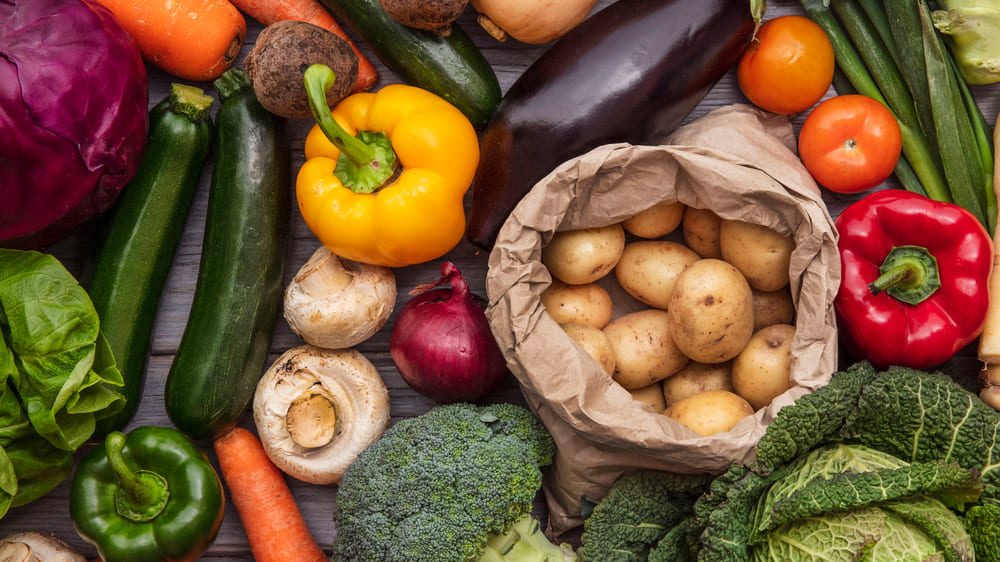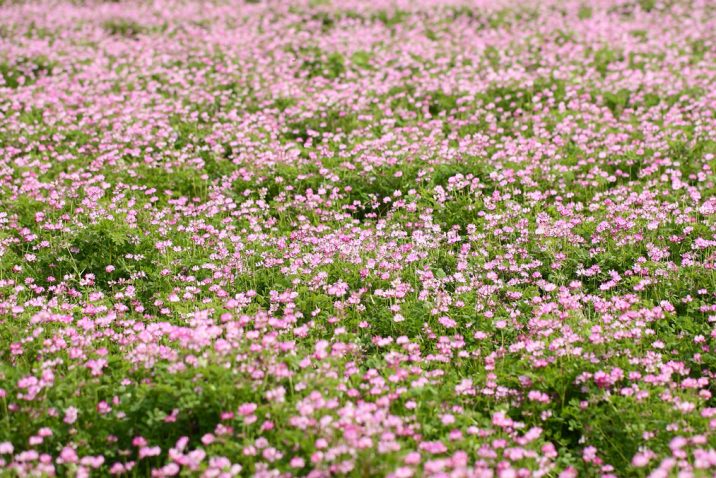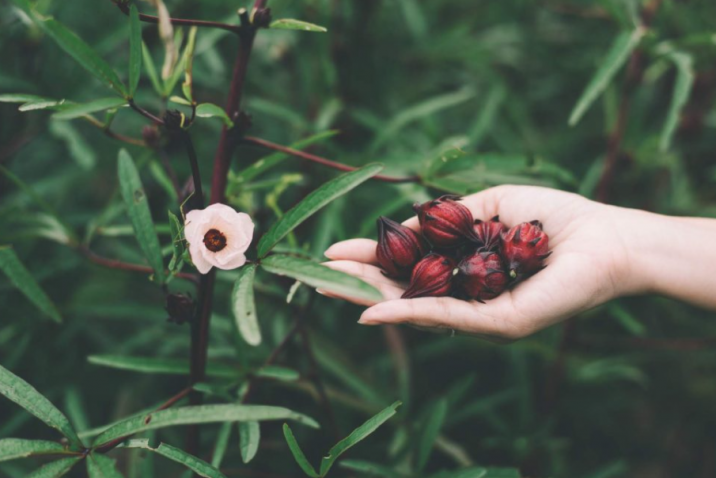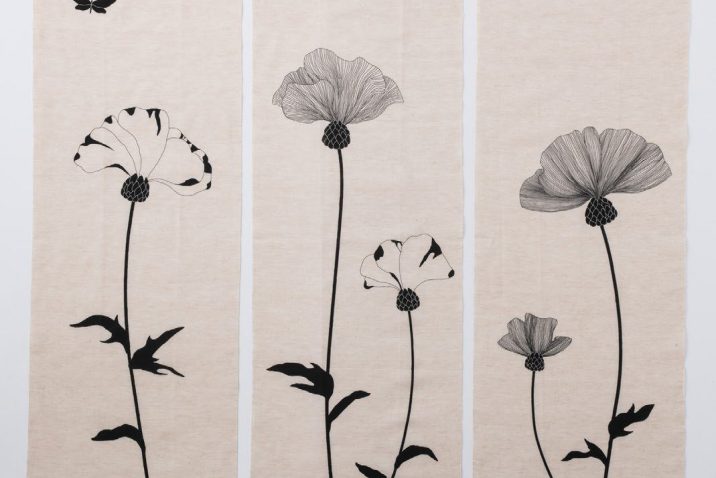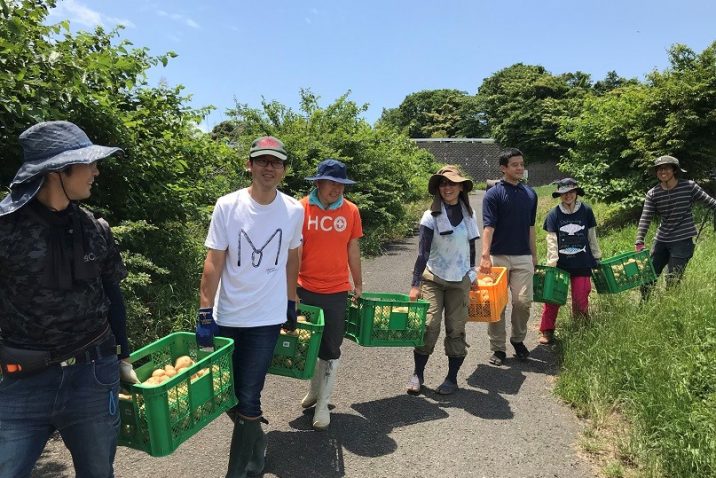Ogawa Town in Saitama Prefecture is located just over an hour from Ikebukuro Station via the Tobu Tojo Line. Nestled in a basin surrounded by the mountains of Outer Chichibu, it is sometimes referred to as “Little Kyoto of Musashi.” The...
Technology and mass production help provide food for people in Japan and all over the world. However, it also comes with drawbacks for the environment. Current methods of food production contribute to global warming in various ways. Raising cattle...
Sustainability-minded nonprofit Retocos set a target to turn eight islands in Saga prefecture into “organic islands,” growing herbs and plants for cosmetic use. To the north of Karatsu-city, there are eight small beautiful islands all...
Organic cotton is one of the most sustainable fabrics around, as it is produced without the use of toxic chemicals. This means it leaves less of an environmental footprint compared to conventional cotton. Cotton farmers also benefit from its...
If you value eco-friendly food production, growing organic vegetables is the ultimate means of achieving that mission. However, organic farming is a niche industry in Japan for two major reasons. First is the seasonal rain in early summer. Sustained...


